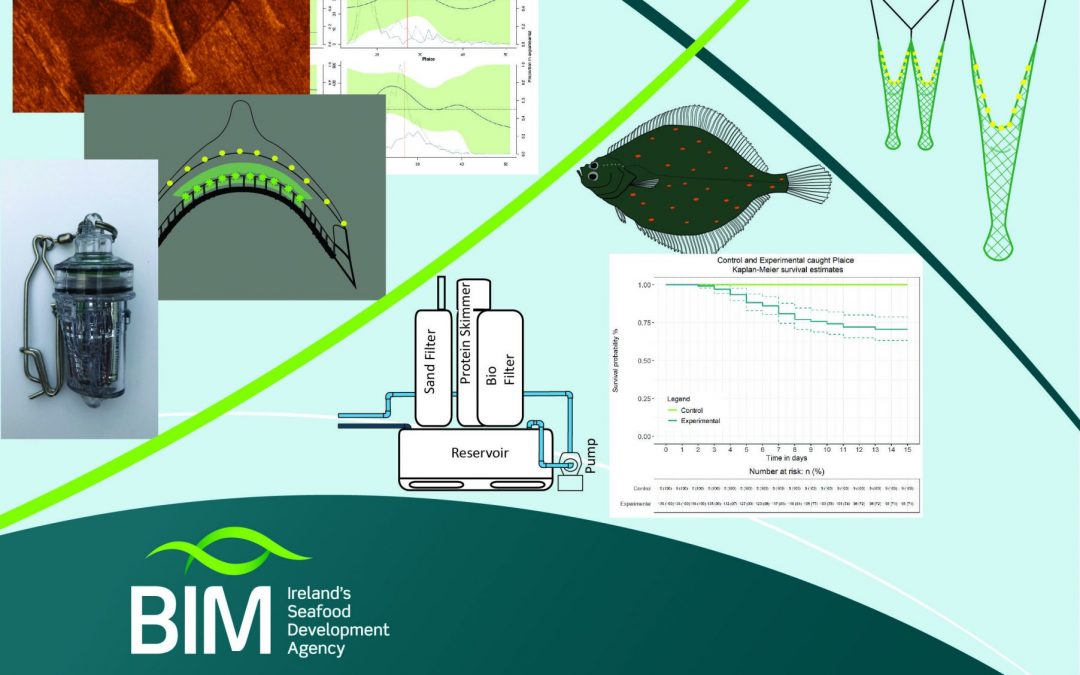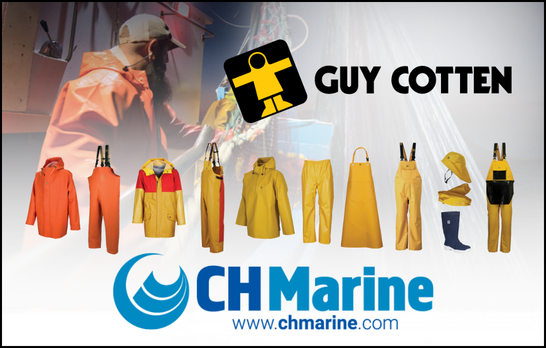By: Dr Ronán Cosgrove, Fisheries Conservation Manager, BIM
BIM has produced an updated guide on fisheries conservation solutions to reduce unwanted catches in Irish fisheries. The useful guide contains one-page summaries of 22 gear modifications, survival exemptions and technical tools, all developed in close collaboration with the Irish Fishing Industry. These solutions help address landing obligation requirements, boost fisheries’ sustainability and marine biodiversity by decreasing catches of juvenile, over-quota and non-target species.
Updates since the 2020 guide include two new legislated measures: a plaice survival exemption for seiners and the addition of 100 mm T90 as a gear option to optimise fish size selectivity, quality and value in the Irish Sea. This brings the total number of legally implemented BIM fisheries conservation measures to 11 since 2019.
Older measures have found new applications. Previously tested and approved in the Celtic Sea, the dual codend trawl was found to be extremely beneficial on the Galway Aran fishing grounds. It separated gurnards away from the Nephrops catch and optimised quantities, quality and sorting times of marketable fish and Nephrops. This gear can be used by any vessel availing of the Nephrops survival exemption in ICES subarea 7.
A newly designed four-panel T90 codend with lastridge ropes greatly reduced catches of small haddock and increased catches of large haddock, a key target species in the Irish seine net fishery.
New technologies play an increasingly important role in the development of Fisheries Conservation solutions: BIM successfully developed a powerful new side-scan sonar imagery tool for rapidly assessing reduced impact gears. Stunning underwater images showing a new fish bycatch escape corridor in Nephrops gear were obtained. More testing of this promising gear modification is planned.
Preliminary testing of green LED lights on a Celtic Sea trawler targeting fish species demonstrated substantial reductions of low quota haddock and minimal reductions in higher quota whiting. Further testing with a view to optimising use of whiting quotas is envisaged this year.
The new guide is available for download at www.bim.ie/publications/fisheries. Hard copies will also be available at the BIM stand at the Irish Skipper Expo on the 25 and 26 March, where we look forward to discussing past and future solutions with visitors.



Recent Comments